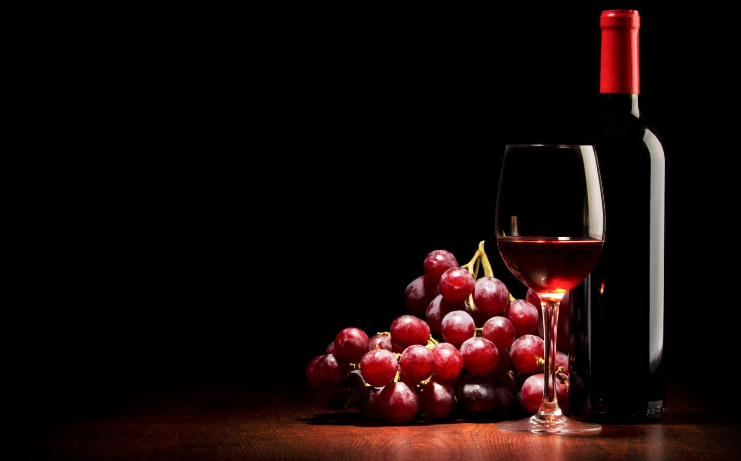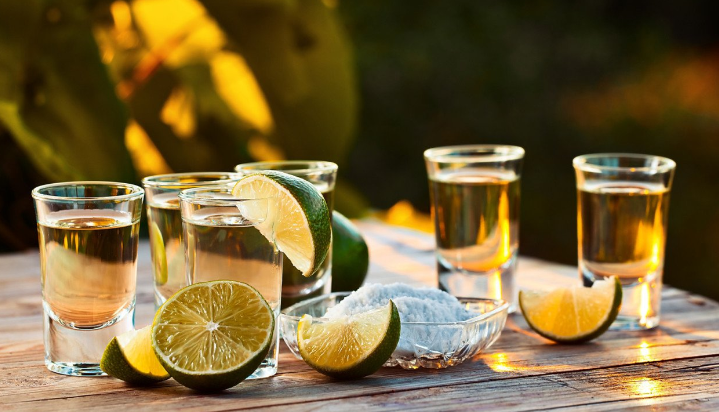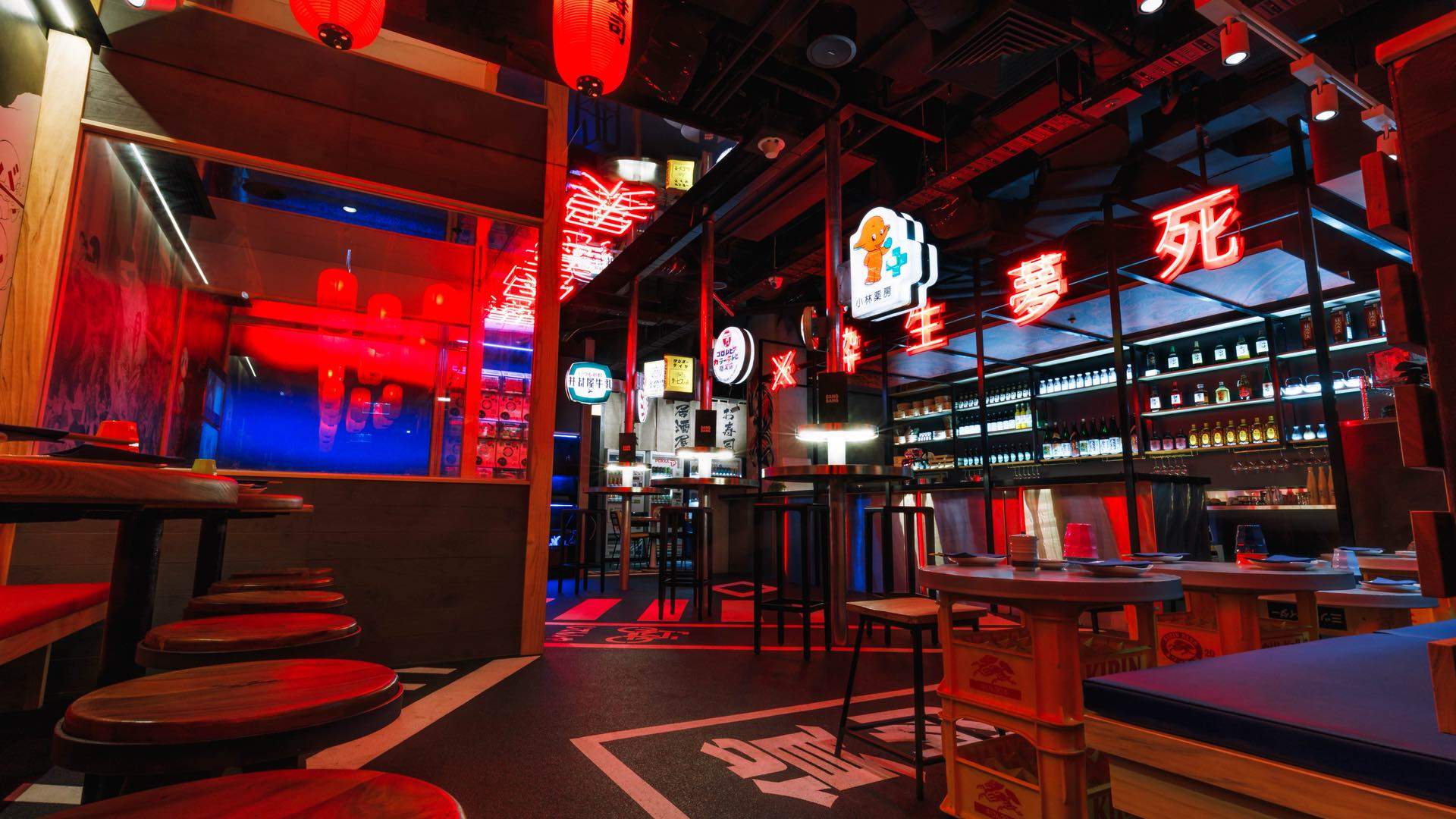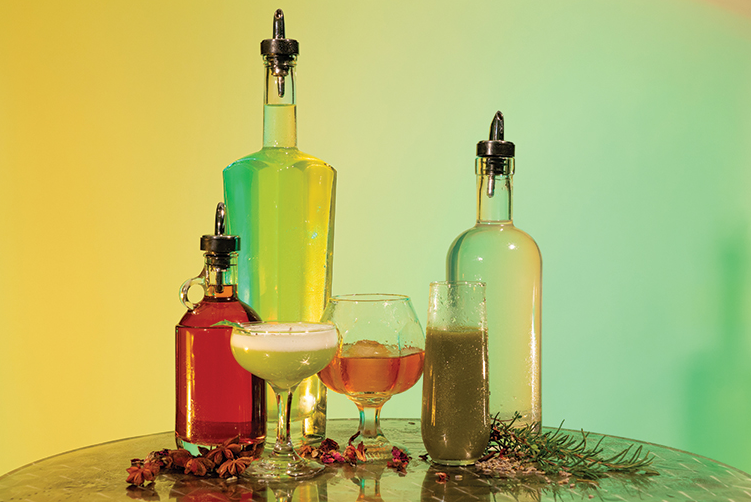Wine is nothing but fermented grape juice. There are 5,000 documented grape varieties as of today. They are produced in a wide range of climatic conditions, and several techniques are used to make wines from them. The precise processes in the harvesting process vary in time, method, and technology depending on the grape species, the area, and the type of wine the winemaker desires to produce. Then this wine is bottled, packaged, and sent to the liquor store.
To add essence to your family dinners and quality time with loved ones, the perfect wine collection we have listed below. Have a Look!
Table of Contents
Process of Wine Production
Choose the Grapes

The best wine grapes used as a base ingredient are completely ripened and fresh. To stop the fermentation before all of the sugar is fermented, special techniques are used to make these wines, such as the inclusion of sulfur dioxide, the use of tiny fermenting jars during processing, or the use of low temperatures.
Break Apart the Grapes
The majority of the stems emerge from the cylinder’s end when the crushed grape berries fall through the holes. Another option is a roller-crusher. Rare is the ancient technique of foot crushing or shoe treading.
Pressing is used for crushing red grapes while producing white juice, as in the Champagne area of France. Sometimes red grapes are added whole to tanks, which are subsequently covered. Additionally, malic acid undergoes some intracellular respiration. In warm climates, this sluggish respiration process may produce wines with low color, high acidity, and a unique aroma.
Grapes are Fermented to Produce Wine

The juice and solids are separated using two major techniques. Crushed grapes can be put in a container with a fake bottom and artificial sides to drain a lot of the juice. The mass of crushed grapes is known as the “must,” This fluid, which is unfermented grape juice with or without skins, is known as the “free flow juice.”
Yeast is introduced to the vats of red and white wines to enable fermentation.
- Red wine fermentation results in carbon dioxide emission, which raises the grape skins to the surface. To keep the skins in touch with the juice, winemakers must punch down or pump over the “cap” several times during the day.
- It takes a white wine 14 days or so to ferment. Lower fermentation temperatures for white wines preserve the lovely floral characteristics. Additionally, white wine nearly never undergoes open-barrel fermentation.
Vintage the Wine

During barrel and bottle aging, many wines get better. Such wines eventually reach their peak and deteriorate as they age. Wines are often matured in oak-wooden vessels that enable air to enter while keeping out water and alcohol. The flavor is flavored with extracts from the wood. Wine kept in low humidity circumstances has more concentrated alcohol, whereas wine stored in high humidity conditions has weaker components that escape.
Many dessert wines, especially sweet sherries, get better with age in casks, but excess wood flavor must be extracted and avoided. A fresher flavor is seen as desirable in dry white wines, and the main advantage of aging is increased clarity when numerous unwanted components are precipitated.
Wine Packaging
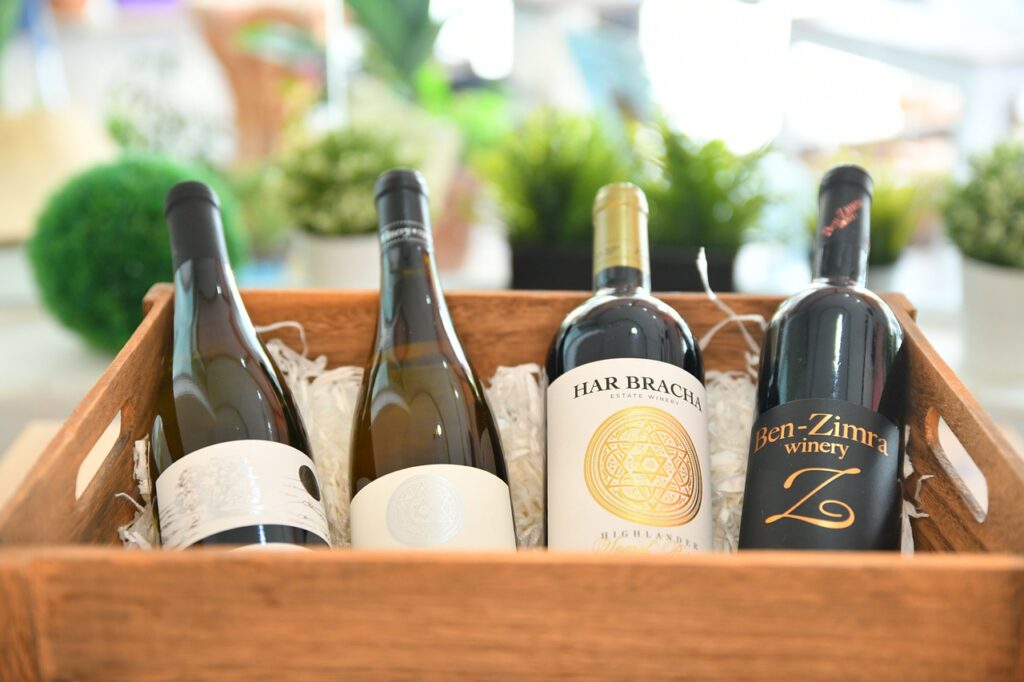
Before being sent to the liquor store, the packaging of the wine is followed by its bottling. Standard wines are sealed with Screwtape. For wines that will be matured in bottles, corks are desirable. Red wines that may mature in the bottle for an extended period are sealed with at least 2 inches-long corks.
After applying the label and placing a capsule over the closure, the bottles are prepared for shipping by being packed in cases. Lack of light and low, steady temperatures kept at around 12 to 16 °C are ideal storage conditions. Wine education is best learned through consumption. Temperature variations throughout the day cause accelerated aging and early degradation.
Types of Wine
Red Wine
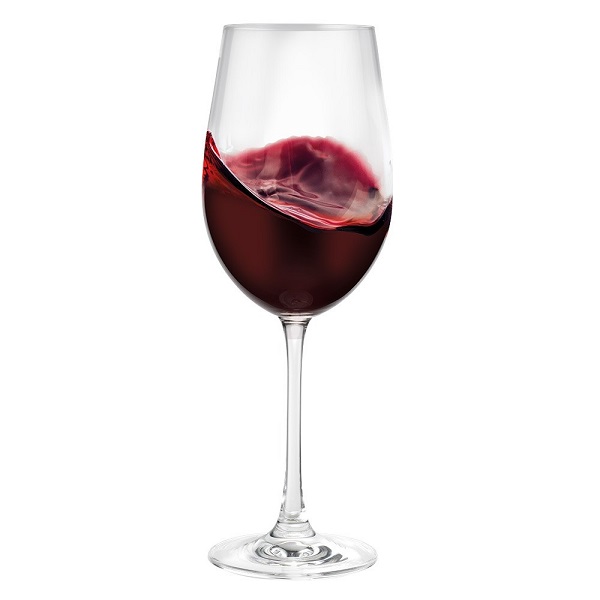
Red wines get their distinctive colour from the fermentation process, which includes the addition of grape skins, seeds, and stems from black grapes. Drinking red wine will leave your tongue feeling dry and rough due to the high concentration of tannins in red wine.
Must Try!
White Wine
White wine can be made from either black or green grapes. Red wine is fermented with the grape skins whereas white wine is not. White wine is low in tannins and high in acidity, so its bright, clean tastes are defined by its brightness.
Must Try!
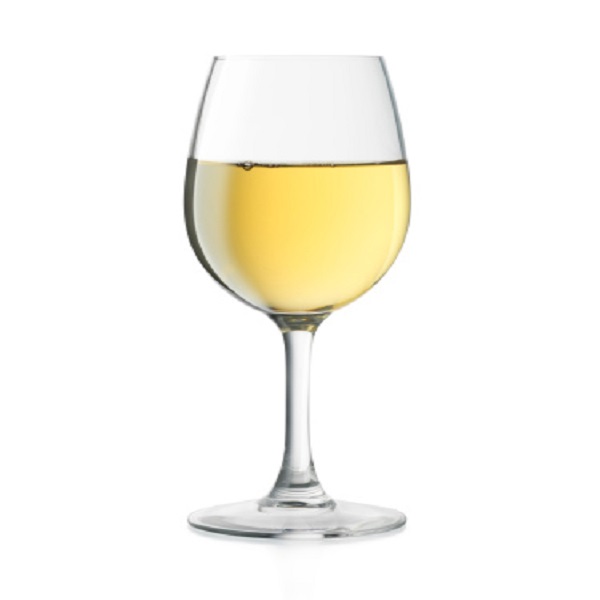
Rosé Wine
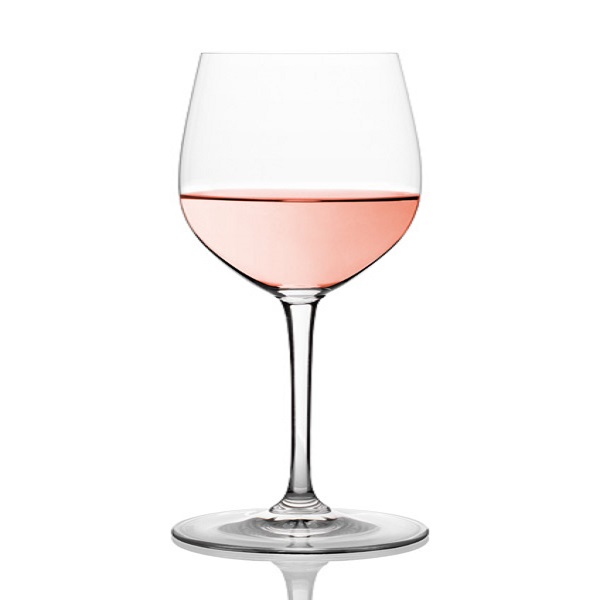
Rosé is a kind of wine that has a pink or cherry colour. The beautiful colour of black grape juice is the result of a brief fermentation process followed with the skins (anything from a few hours to several days).
Must Try!
Sparkling Wine
Wines that have been subjected to carbonation are often referred to as “bubbly” wines. Sparkling wines are made from either red or white grapes, and the carbon dioxide in them is a byproduct of the fermentation process. Champagne, the most well-known sparkling wine, is a popular choice for celebratory occasions like weddings and New Year’s Eve.
Must Try!
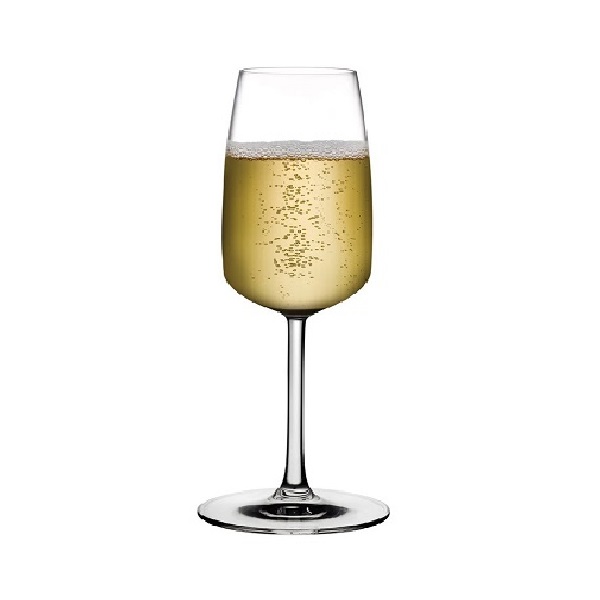
Dessert Wine
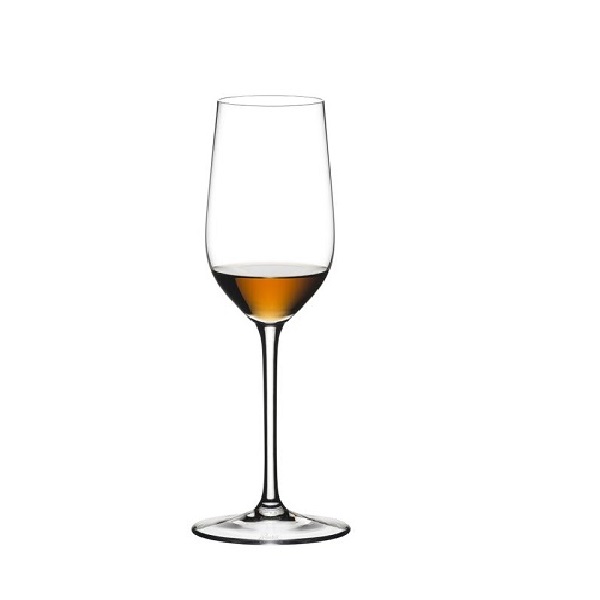
Dessert wines are drunk after meals with (and occasionally as) dessert, as their name implies, and are quite sweet. There are several dessert wines to choose from at the liquor store.
Must Try!
Conclusion
Alexis Lichine, a wine expert and winemaker, famously remarked: “When it comes to wine, I urge people to toss away the vintage charts and invest in a corkscrew”. Furthermore, if you’re looking for a hostess present for your upcoming gathering, amazing deals, discounts, or even a personal suggestion, Try out the collection mentioned above.


